How Might We Solve Social Issues in Japan with a Customer Engagement Platform?
Published on September 12, 2024/Last edited on September 12, 2024/5 min read
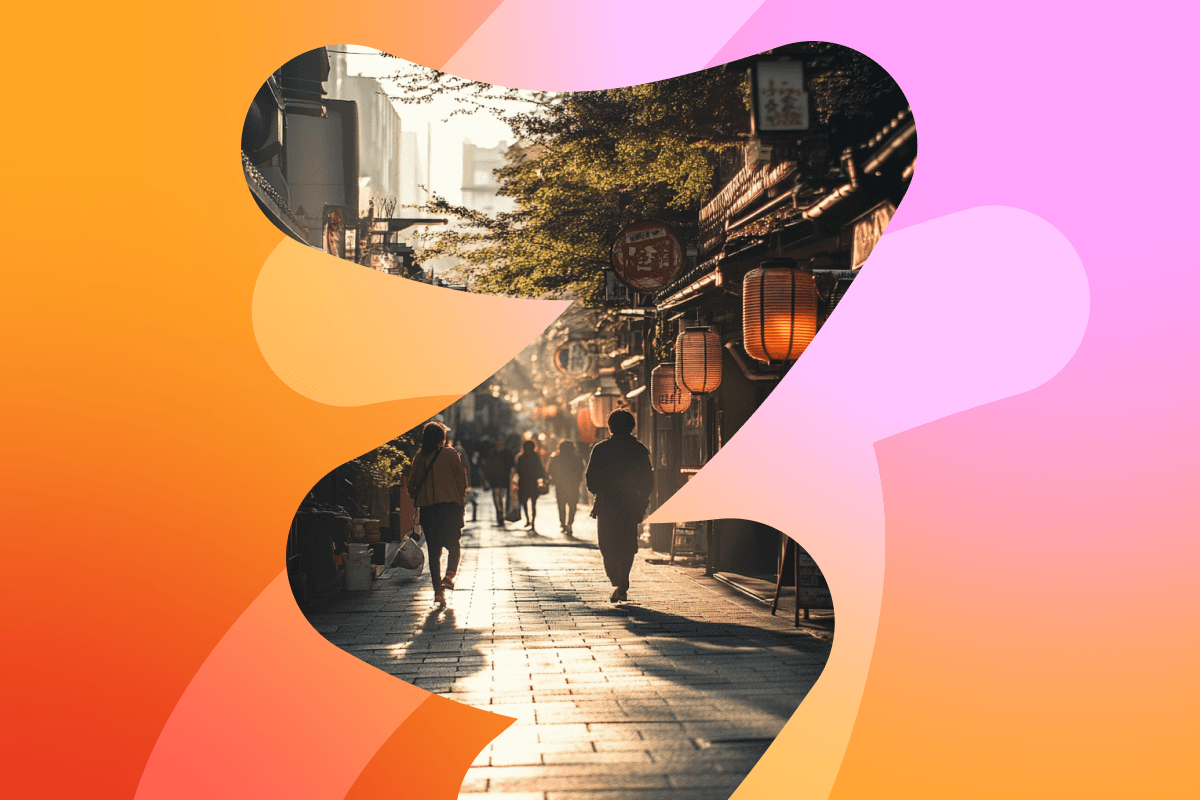

Yosuke Sato
Strategic Business Consultant, BrazeThree years have passed since Braze first launched in Japan, and it’s been nothing short of exciting. We’ve seen significant growth and our customer base is achieving successful outcomes using Braze.
However, the overall Japanese market is also undergoing significant changes. As a result of the recovery in consumer activity following the end of COVID-19, there is a severe labor shortage. Service industries that stopped hiring or laid off workers during the pandemic—such as retail, dining, and hospitality—are experiencing chronic labor shortages and struggling to regain their previous workforces.
This labor shortage is not just a short-term trend, but a long-term issue for Japan. According to research by the Recruit Works Institute, if the labor supply continues to decline, the gap between supply and demand will widen. By 2030, Japan’s population of 120 million could face a labor shortage of approximately 3.41 million, potentially swelling to about 11 million by 2040.
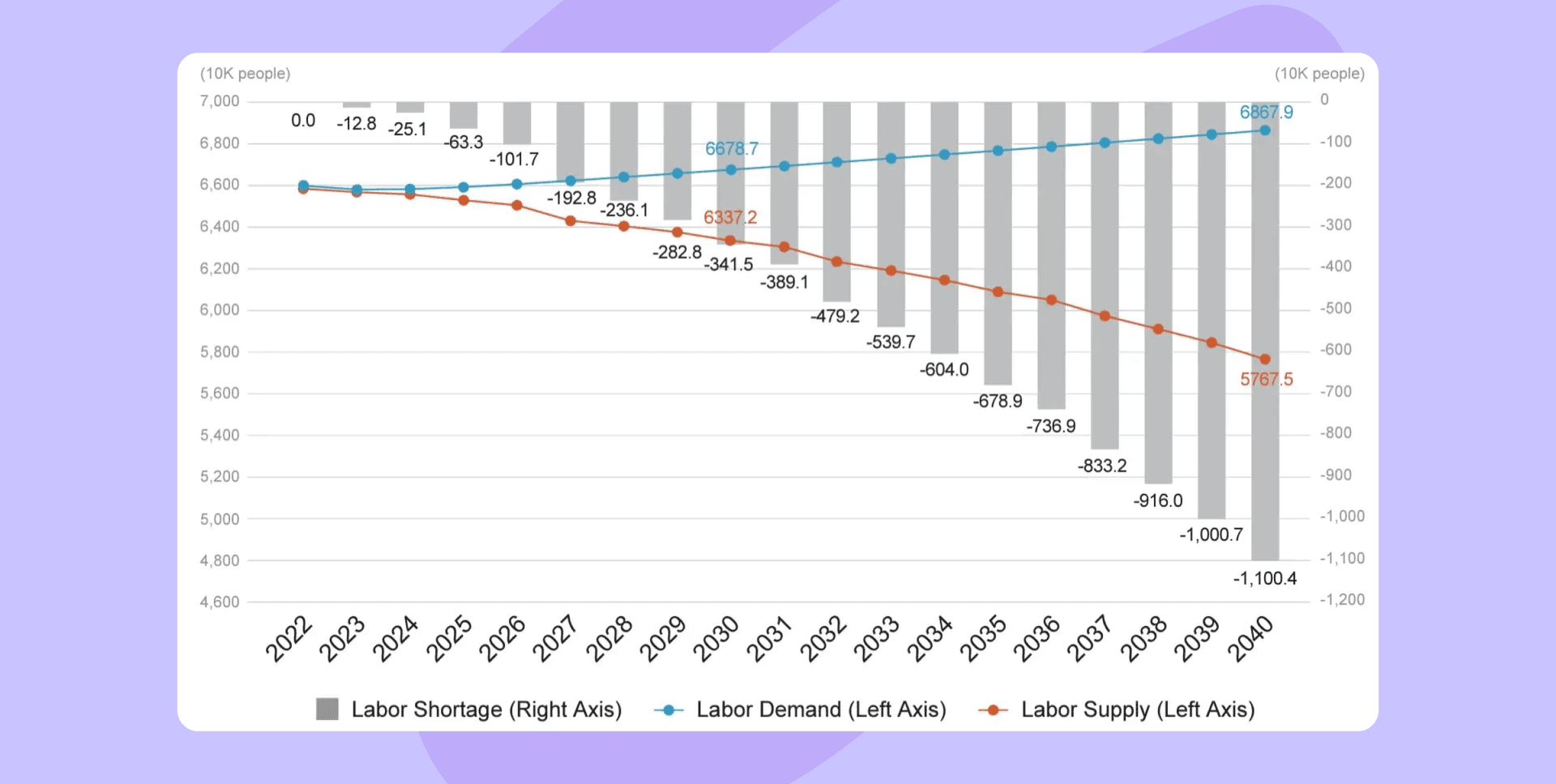
Source: Future Predictions 2040 in Japan: The Dawn of the Limited-Labor Supply Society
The question then becomes: How can brands in Japan contribute to solving social issues? Let's take a look at three success stories from our customers in Japan to look for clues.
Workforce optimization by real-time matching of workers with part-time jobs posted by employers
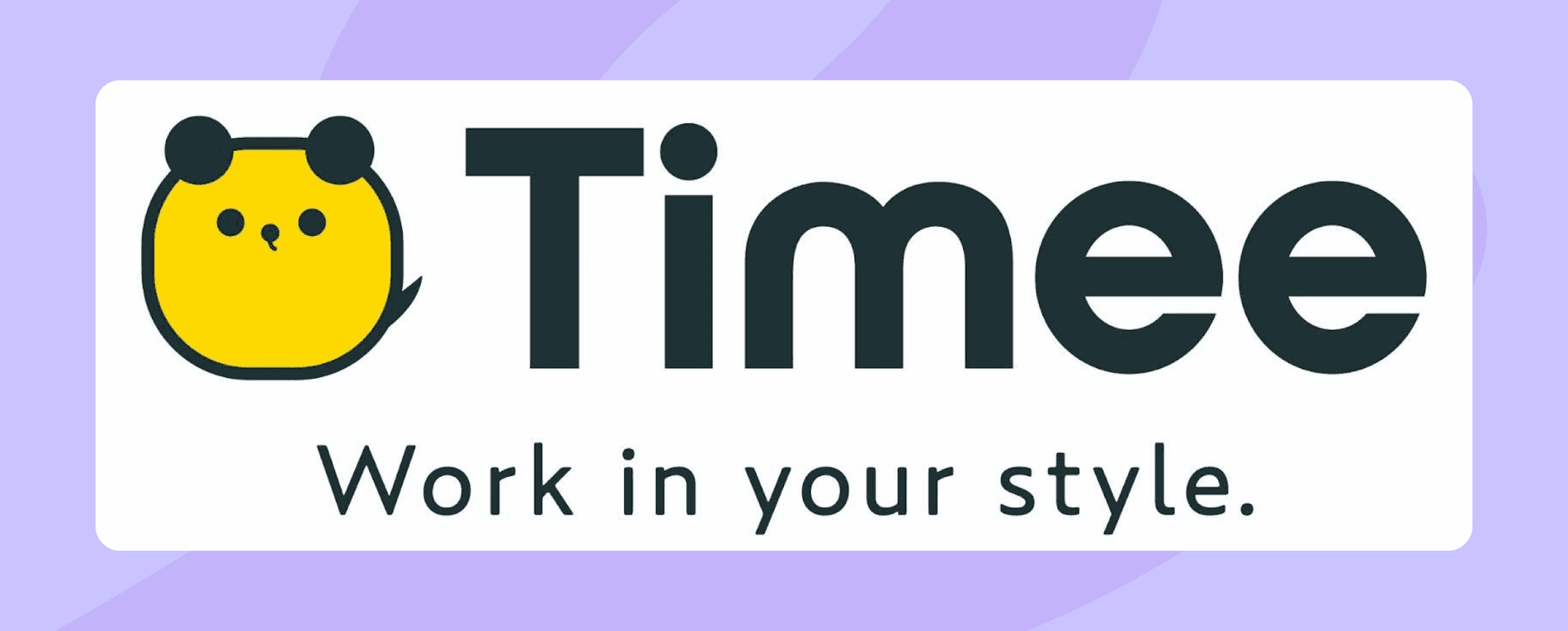
Timee provides opportunities to quickly match workers with part-time jobs across a range of industries, including restaurants, grocery stores, hotels, and more. People can find part-time work opportunities at specific times, even the next day, without an interview process, helping companies activate a temporary workforce in real time.
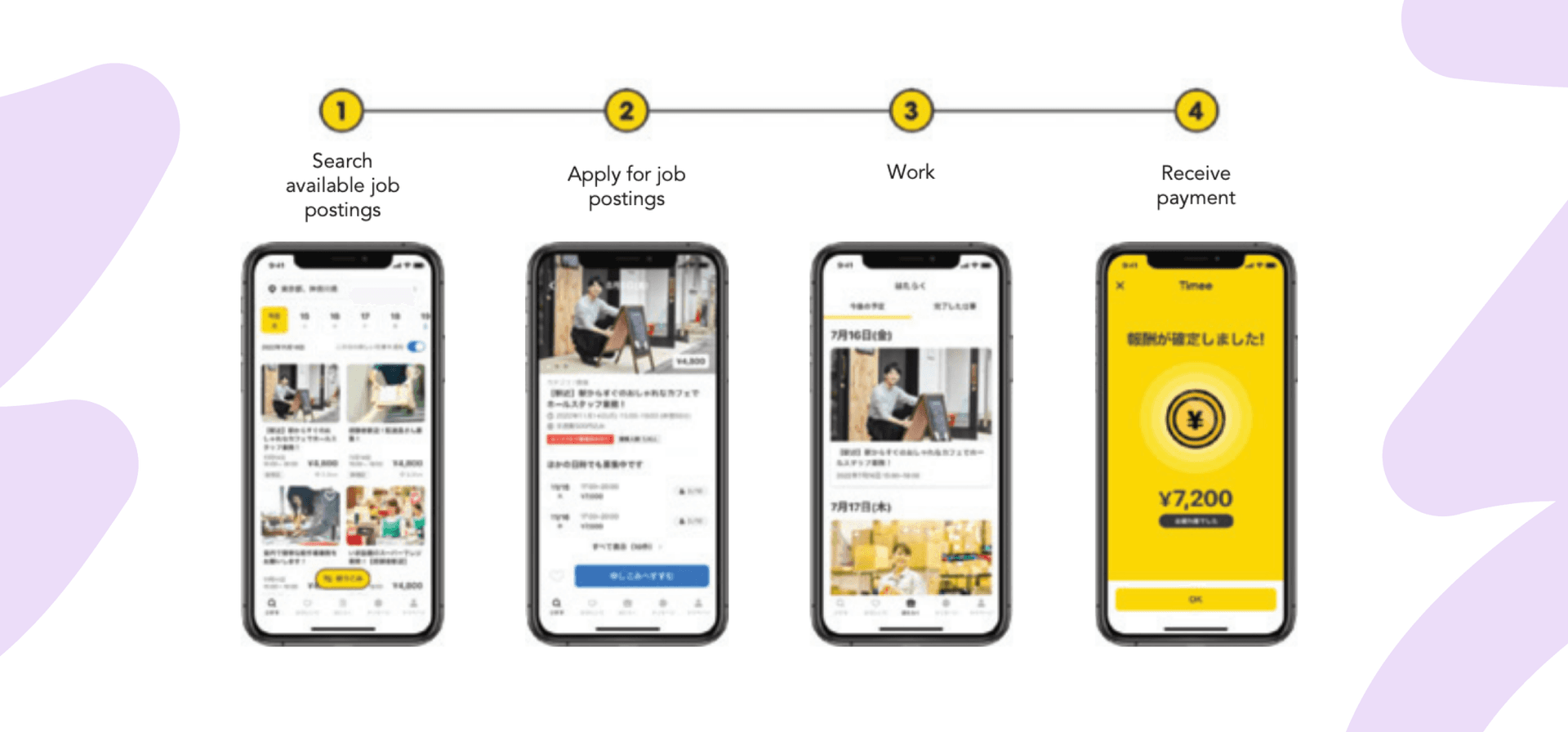
Timee has implemented many tactics in connection with its customer engagement program, including location-based personalization. As people often work close to where they live, location-based personalization is essential. However, it’s also challenging to execute.
Many considerations are needed: Population density, transportation options, the commercial area, and so on. The implications of targeting people within a radius of five kilometers is also different for a city versus a rural area.
The most important element is “testing and experimentation” to succeed in such an unclear situation. By being both a market leader and having a robust data activation strategy through testing and experimentation, Timee is well-positioned to have a competitive advantage.
Check out the full story here! Case Study (JP): Timee Improves Quality of Matching Connecting Workers and Client Companies
Optimizing leisure facility and store operations through digital transformation
Asoview is a ticket reservation platform with a strong suit in leisure activities.
Customers can choose their preferred activities, get loyalty points by buying them, and manage their tickets digitally. Customers hate to stand in long lines to get holiday and weekend tickets, which is why the digital ticket platform provides both convenience and good deals.
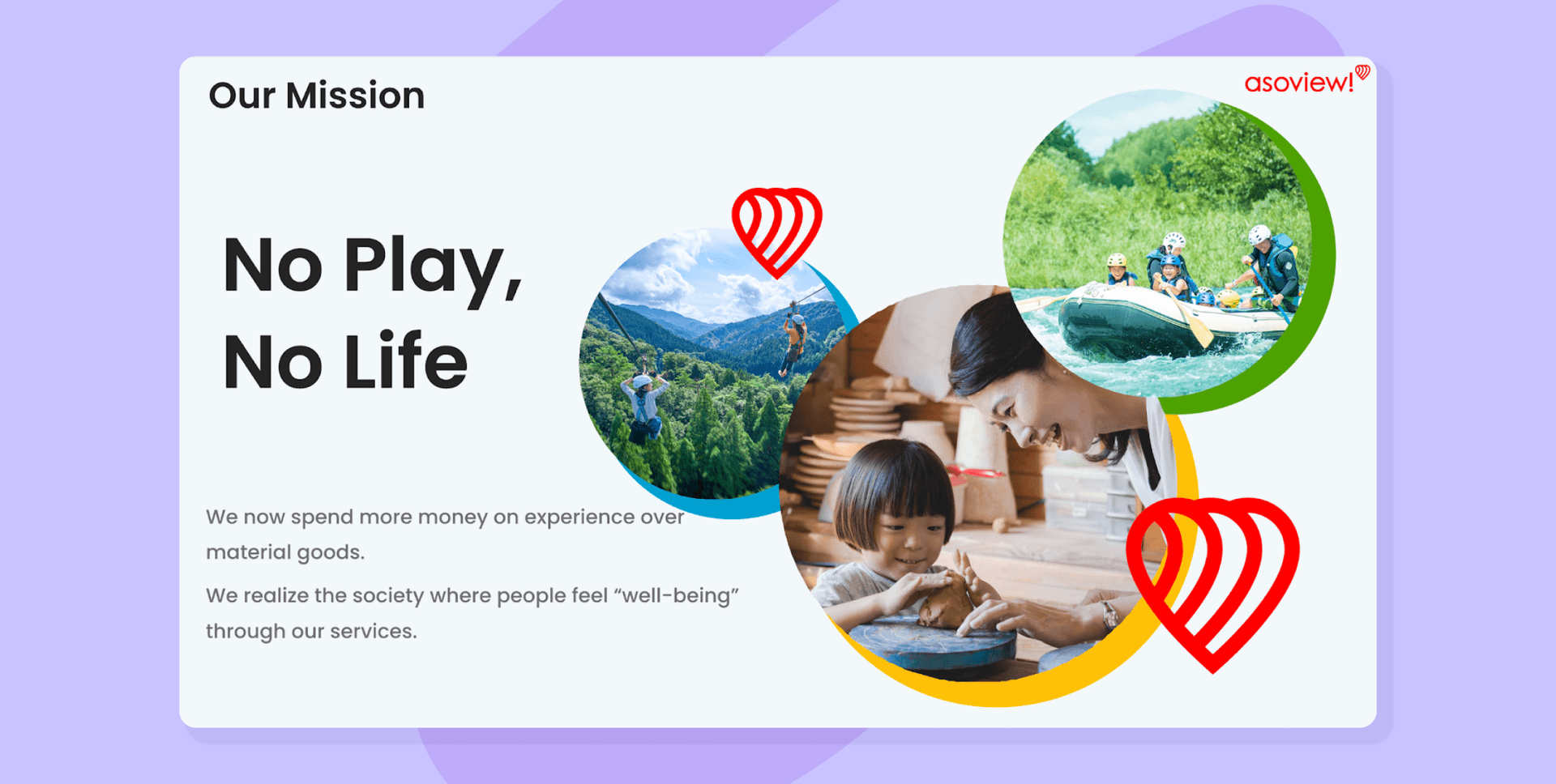
How does the leisure facility benefit relate to labor power? Using a digital platform significantly cuts down on the number of people needed to manage long lines for in-person ticket sales. It also removes the challenge of keeping ticket lines open at the most optimal times of day, and maintaining an appropriate number of staff to account for illness, and for the onboarding or offboarding of employees. By making it easy to buy digital tickets, and ensuring that the customer experience is great, Asoview optimizes its store and staff operations.
Check out the full story here: Asoview Reduces Marketers' Operations and Improves Repeat Rates With Customer-Centric Marketing
Using digital surveys to motivate shop staff
AEON MALL is the most famous shopping center in Japan. I cannot count how many times I’ve been there. The shopping center has many shops, offering everything from clothes to books—or even a bicycle or a suitcase—and lunch!
AEON MALL’s mobile app provides information about coupons and campaigns and has features that manage the point card. Their new tactic was to send an in-app survey to users the next day after making a purchase.
What happened next? AEON MALL heard customers' voices, much to their surprise. There was an overwhelming amount of positive feedback and thank yous, which made the shop staff feel excited and appreciated.
We don’t always have the opportunity to say thank you during our daily shopping. The digital survey created that opportunity and created an avenue to hear the authentic voice of customers, motivating shop staff to continue their good work.
These initiatives can improve shop staff experiences, lead to a great workplace, and increase employee retention in the future.
Key Takeaways
These are unique case studies from Braze customers related to a critical pain point in Japan—the labor shortage. It’s difficult to tackle social issues, but a little creativity with your digital experiences and customer engagement can go a long way, turning an unfavorable situation into a positive one.
Learn more about how Braze helps bring creative ideas to life with the power of advanced technology behind its customer engagement platform—and don’t let your customer engagement ideas die in a deck!
Be Absolutely Engaging.™
Sign up for regular updates from Braze.
Related Content
View the Blog
How behavioral marketing turns data into personalized experiences

Team Braze

SMS vs. MMS vs. RCS: Choosing the right messaging channel for modern engagement

Team Braze

Enterprise generative AI: Transforming data, decisions, and customer experiences
